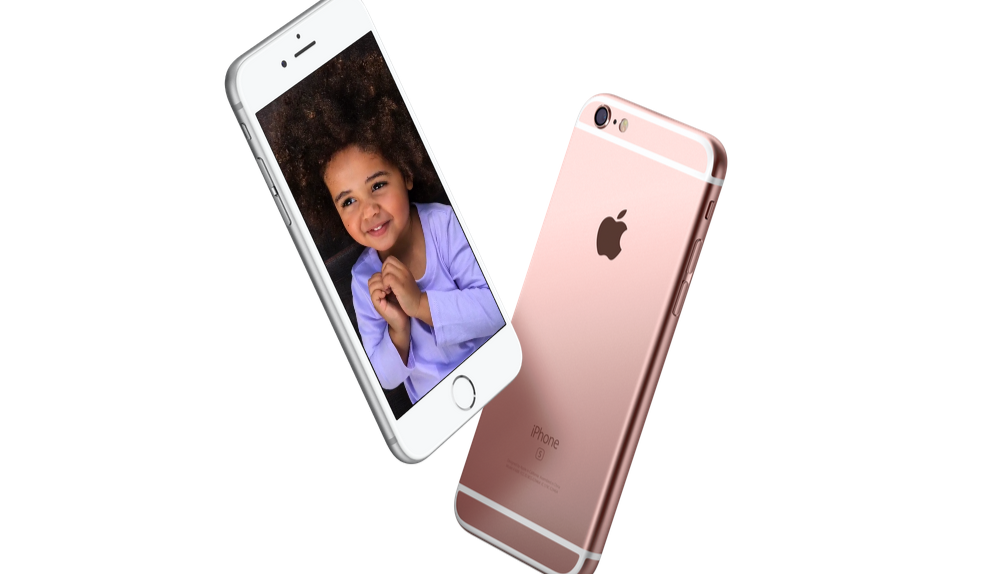Both Sprint and T-Mobile have unleashed upgrade deals for the iPhone 6s in recent days and both deals seem to offer users terrific bargains on Apple’s newest device. This is particularly true when you look at the amount of money you’ll be paying every month on your wireless bill over the life of the devices, as wireless analytics firm Alekstra has calculated the average amount of money you’ll spend by buying the iPhone 6s through all major American carriers and has found that you’ll spend less on both Sprint and T-Mobile than on AT&T and Verizon. However, it seems there are significant catches that every user should know about before making a decision.
MUST SEE: Who needs the iPhone 6s? This is the iPhone 7 we’ve been dreaming of
First, let’s explain how Alekstra came up with these calculations. It’s impossible to get a true apples-to-apples comparison across different wireless plans, but Alekstra still tried to find plans that were roughly equivalent to one another: Verizon’s 6GB plan, T-Mobile and AT&T’s 5GB plan and Sprint’s 4GB plan. In addition to the cost of services, the firm added in activation fees, one-time for the phones paid in full or in part, and the estimated monthly payments you’ll make to pay off the cost of a 64GB iPhone 6s.
What it found was that buying a 64GB iPhone 6s from Sprint will cost you $1,710 over a two year period, while buying one through T-Mobile will cost you $1,965 over the same time span. With Verizon, on the other hand, you’ll pay an estimated $2,670 over a two-year period and with AT&T you’ll pay an estimated $2,565 over a two-year period.
So this definitely means you should go with T-Mobile and Sprint for the iPhone 6s, right? Not so fast.
Alekstra CEO Toni Toikka tells BGR that “usage is cheap only when you use Sprint’s own network which of course is limited and they need to roam on other carriers’ networks. Like insurance policy that seems too good to be true. When you read the fine print actually the policy covers only fraction of what the competitors’ policies do.”
If we look at Sprint’s policy for its 10GB plan, for example, we can see that it comes with just 100MB of off-network data usage. If you go over this allotment, you can pay $0.25 per additional MB as part of an opt-in program — otherwise, you’ll be cut off from roaming data. This means that if you live in an area where Sprint has poor coverage, you’ll want to think twice about taking the carrier up on its iPhone deal.
When it comes to T-Mobile, Toikka says its “unlimited is the worst marketing gimmick ever” because “if you sign for unlimited and use more than 21GB they’ll either throttle you or throw you out of their network if you do it couple of months in a row.”
And just as with Sprint, T-Mobile’s spotty coverage outside cities means you could quickly run out of roaming data. So for instance, T-Mobile says that its “1 GB full-speed plan includes 10 MB roaming; 3 GB and Unlimited 4G LTE on your smartphone full-speed plans include 50 MB roaming; 5 GB full-speed plan includes 100 MB roaming.”
As with everything in the wireless world, there are upsides and downsides to everything. Picking the right carrier for you might not just come down to monthly prices but also factors like coverage and roaming policies.
UPDATE: T-Mobile chimes in to challenge Alekstra’s math when calculating the Sprint two-year cost, which it says is more expensive than what you’d pay when getting the iPhone 6s with T-Mobile:
Alekstra’s Sprint math doesn’t seem to add up – it should be $2309.99, not $1710 over two years. Under Sprint’s plan, an iPhone 6s 64GB is $19.77 per month for 22 month lease = $434.94. With a 4GB share pack priced at $40/month + $25 access fee = $65/month * 24 months = $1560 PLUS a remaining $315.05 residual after 22 months to own the device. So, if you just look a 22 months of lease + 24 months of service that is $1994.94. Add in the residual and it is $2309.99.
Looking over Alekstra’s calculations, it does seem that the firm didn’t include the $25 monthly access fee in its estimates, which is a fair point on T-Mobile’s part.
At the same time Alekstra’s hasn’t been the only calculation to find that you’ll pay less for an iPhone 6s over a two-year period than you will with T-Mobile — Re/code, for example, conducted a similar exercise using some different variables and still found that Sprint’s Easy Pay iPhone 6s plan was only slightly more expensive than T-Mobile’s Jump, while the carrier’s iPhone Forever plan was less expensive than T-Mobile’s Jump.
T-Mobile also notes that it won’t always throttle your unlimited data connection if you hit 21GB per month — rather, during times of network congestion, it will temporarily slow down your connection until network congestion improves. Once this happens, you’ll have a full 4G connection again.






